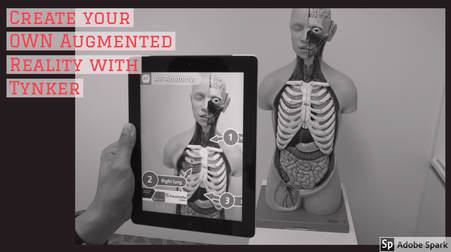|
Tech has always been able to take us into a new reality, and we are living in a time where that is never truer. We are living in the time of both virtual and augmented reality, and there are so many applications that could apply to the classroom. We now can take kids anywhere, but it can also be much more than that. This blog explores one way to make it great for kids.
To start, we are looking at two different things. Virtual Reality is putting a student in an immersive environment where they can see 3D images, but none of it is real. It is also the easier one to do, and in the long run less valuable. If a person has to take time out to interact with that piece of machinery, it can be good to take someone somewhere else and play games, but it’s not going to have any real practical uses. That’s where augmented reality comes in. Augmented Reality is overlaying digital images on to the real world. It’s meant to add to the environment you already have. The use of the situation you are in means it can add all sorts of information to power through daily tasks, but of course, it is also harder to get that digital image overlay right. Up until very recently, there wasn't much augmented reality that was useful. Yes, Pokemon go has been around in for a long time, but is that that useful in the classroom? The new apps that have come out especially since Apple leaned heavily into the Augmented world are what brings augmented to the classroom level. I have seen apps where you could create with geometric shapes, geocache with historical places, and more. With the focus in IOS, there are more and more every day, but what if kids could create them? Thankfully, Tynker is letting kids do it. It's a newer course on the platform so it's always one of those things that can surprise people. It shouldn't though. Letting kids create with a future-ready skill is what Tynker is all about. The augmented course teaches students the three main principles of augmented reality: color calibration, motion sensing, and gesture detection. It allows students to take those concepts open the camera feed and apply them. The beauty of it all is that once they create augmented it actually makes their experience more interactive because they can also get in front of the camera, and interact with them. It's truly an experience that you can't recreate anywhere else
0 Comments
Leave a Reply. |
Archives
January 2023
Categories |

 RSS Feed
RSS Feed
